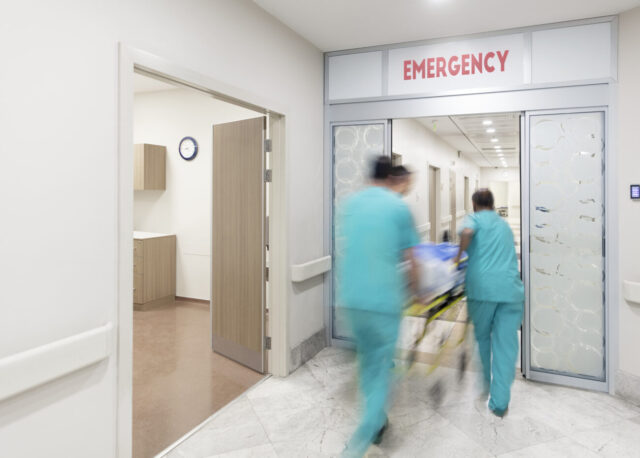
The emergency health care system in America is going through major changes. As more people gain access to health insurance and the population ages, the demand for emergency services continues to rise. At the same time, many hospitals around the country are facing shortages of doctors, nurses, and other critical staff in their emergency departments.
This has led to the growth of emergency medical staffing agencies such as Southland MD that can quickly provide trained temps. Despite these staffing challenges, new models of emergency care are emerging to meet the on-demand needs of patients in the 21st century.
Ongoing Workforce Challenges
A major factor driving the emergency physician shortage is that the number of ER visits nationwide continues to rise, even while the supply of doctors completing emergency medicine residencies has plateaued.
With volume outpacing physician recruitment, physicians in the field face extreme demands and are at increased risk of burnout. Access to mental health and wellness resources can help, but real-world workflows also need reimagining.
This has increased interest in alternative staffing models, including expanding roles for physician assistants and nurse practitioners, to sustainably meet patient demand. But such changes take long-term planning and investment, so staffing agencies provide crucial workforce flexibility during this period of transition.

The Growing Role of Staffing Agencies
Emergency departments are increasingly relying on temporary staffing agencies to meet staffing gaps. These emergency medical staffing agencies specialize in recruiting, screening, and credentialing doctors, nurses, physician assistants, EMTs, and other medical professionals for temp assignments at hospitals around the country.
When a hospital’s emergency department is facing a staffing shortage, staffing agencies can quickly deploy qualified medical staffers, often within 48 hours. This on-demand flexibility allows hospitals to scale up or down based on real-time demand.
Innovations in Service Delivery
While staffing agencies help hospitals adapt to changing conditions, the traditional emergency room model is also transforming. Various innovative solutions are emerging that are looking to make emergency care more patient-centric, accessible, and efficient amid rising consumer expectations. These include:
- Retail health clinics ─ Walk-in clinics in retail stores and pharmacies provide basic diagnostics and treatment for minor illnesses and injuries. With convenient locations, evening/weekend hours, and transparent pricing, retail clinics offer an on-demand alternative to ER visits for non-critical conditions.
- Urgent care centers ─ Similarly, standalone urgent care centers provide immediate care for conditions that should be seen quickly but are not serious enough for an emergency room. Urgent care clinics offer predictable out-of-pocket costs for services ranging from X-rays and IV fluids to minor wound treatment and COVID testing.
- Telemedicine ─ Remote physician access via video chat, app or phone is making emergency expertise available 24/7 nationwide. Patients can connect within minutes to board-certified doctors ready to assess symptoms, recommend care, prescribe medications if appropriate, and direct people to in-person care if needed.
- Hospital at home ─ Some health systems now offer acute care at home for certain conditions, including infections, COPD exacerbations, mild heart failure, and pulmonary embolisms. This allows patients to avoid an emergency department visit and hospital admission altogether. Instead, mobile medical teams deliver IV medications, oxygen, monitoring services, and daily physician visits to one’s home, with remote support from the hospital as needed.

Conclusion
While on-demand health service models keep evolving, emergency departments will likely always be the frontline for critical injuries, acute infections, stroke, trauma, and other complex or life-threatening cases.
The challenge for hospital leaders is to balance staffing, infrastructure, patient flow, and care pathways to continue delivering timely, compassionate, and effective emergency stabilization. Adaptability and innovation will be key to managing surge capacity and ever-changing community healthcare needs.







